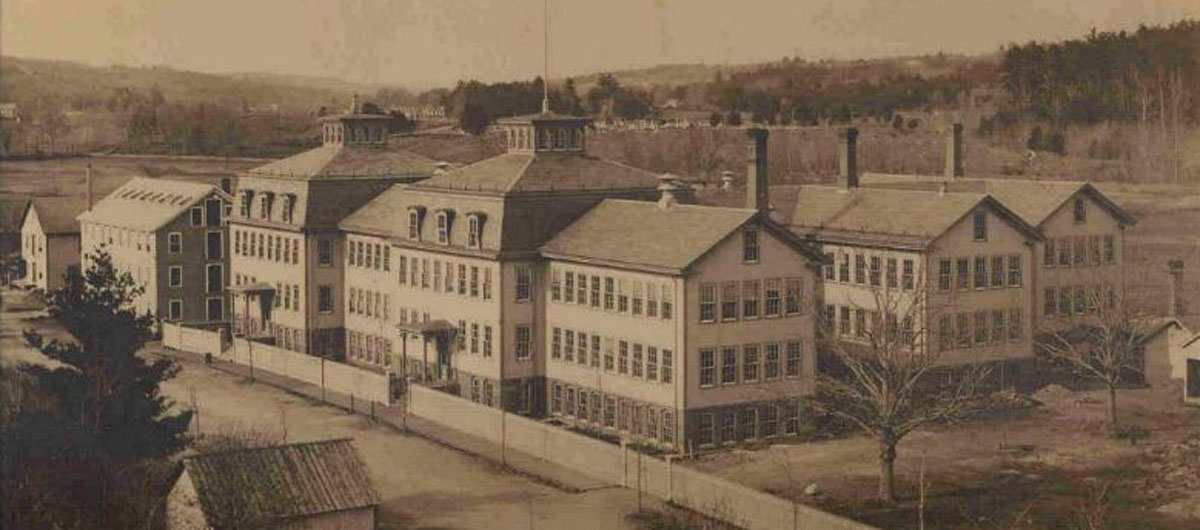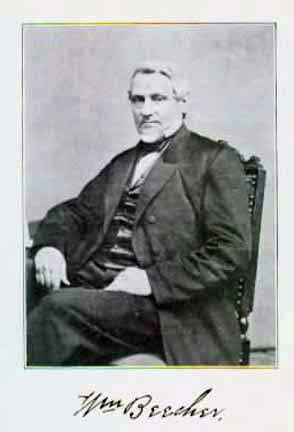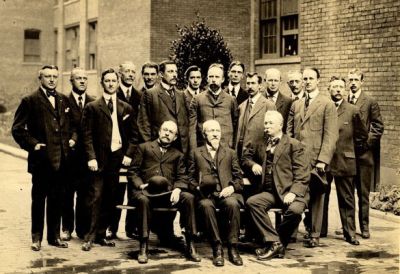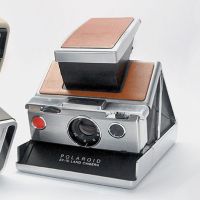Primary Source
From a profile of Dr. Estelle Glancy, research scientist at the American Optical Company, that appeared in the Worcester newspaper:
From planets to eyeballs is quite a jump — but at the American Optical Company in Southbridge there's a soft-spoken woman … who left astronomy for optics.
Miss A. Estelle Glancy, Ph.D., a research scientist, is believed to be the only woman lens designer in the United States. This year marks her 30th with the concern.
She's known wherever learned men doodle on scratch pads in optical jargon of millimeters, focal lengths, and limits of visibility. Pure science owes her a debt for many contributions. She has done much to bring modern eyeglasses to their present state and has designed lenses for cameras, telescopes, eyes-examining and military optical instruments.
Her work awes most people — it's so different from most of the jobs we know about. Out of the 5,000 employees at the American Optical Company, probably not more than six understand what she does … She does what she wants to do — she's that important.
The theory behind her work is the bringing of light rays to a focus, or point of concentration. It's all done with mathematics ….
…Dr. Glancy doesn't work with glass or machinery. But such is the magic of mathematics that she can assume a lens on paper, determine what it will do, plot the errors, and from a final graph pick the best form of lens for a prescription.
…One of her projects — an improved lens developed by Dr. Glancy's chief-in-research, Dr. E. E. Tillyer — filled four volumes. It took more than 10 years! But the result was the Tillyer corrected ophthalmic lens, a boon to better eyesight. These glasses yield a much wider field of vision than was possible before ….
Worcester Sunday Telegram, December 5, 1948.







